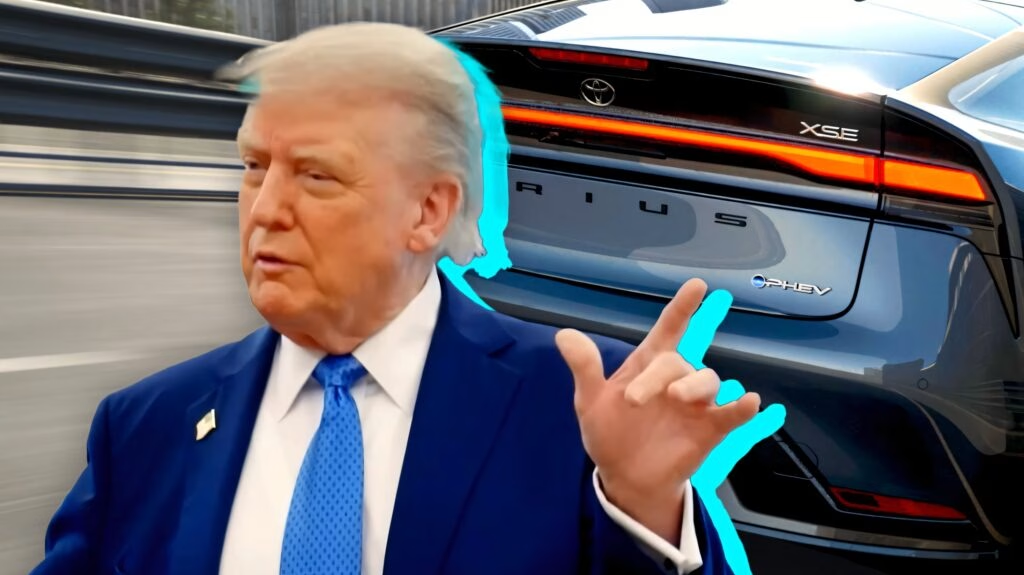The recent passage of Donald Trump’s ‘Big Beautiful Bill’ in the House of Representatives has stirred quite a conversation, especially among electric vehicle (EV) and hybrid owners. As the legislation makes its way to the Senate, it’s essential to unpack what this means for drivers and the broader implications for infrastructure funding in the U.S.
What Are the Proposed Changes for EV and Hybrid Owners?
Under the new bill, if it passes the Senate, EV owners could see their annual registration fees increase by a hefty $250, while hybrid owners might face an additional $100. This move is part of a broader strategy to address the financial strain on the Highway Trust Fund, which has been struggling under the weight of crumbling infrastructure and dwindling gas tax revenues. With more drivers opting for electric and hybrid vehicles, the traditional funding model—largely reliant on gas taxes—has become increasingly unsustainable.
Why Is This Change Necessary?
The rationale behind these increased fees is straightforward: as more people switch to EVs and hybrids, the revenue from gas taxes continues to decline. Currently set at $0.18 per gallon, these taxes are not keeping pace with inflation or the growing demands of road maintenance and infrastructure improvements. In fact, the Highway Trust Fund has been running into tens of billions of dollars in debt annually, which raises serious questions about the future of U.S. transportation funding.
Rep. Sam Graves, chairman of the Transportation and Infrastructure Committee, emphasized that the bill aims to ensure electric vehicles contribute fairly to the Highway Trust Fund. He noted that the last significant assistance to the fund was back in 2021, and with EVs consuming less fuel, they have often been viewed as “freeloaders” on American roads. This perception is particularly relevant given that both EVs and hybrids tend to weigh more than their gas-powered counterparts, potentially causing more wear and tear on infrastructure.
Is This a Fair Approach?
While the intention behind the proposed fees is to create a more equitable system for funding road maintenance, it raises some eyebrows. Critics argue that this could disproportionately impact those who have invested in greener technologies, which are often more expensive upfront. The concern is that instead of incentivizing the shift to cleaner vehicles, these fees might discourage potential buyers from making the switch.
Moreover, the funding strategy itself seems flawed. The reliance on a gas tax that hasn’t been adjusted for inflation is a systemic issue that predates the rise of electric vehicles. As the transportation landscape evolves, so too must the funding mechanisms that support it. Simply imposing higher fees on EV and hybrid drivers might not be the most effective or fair solution.
What’s Next for the Bill?
As the legislation heads to the Senate, it’s worth noting that GOP leaders may propose changes before it can be passed into law. The final outcome remains uncertain, and there’s a possibility that these proposed fees could be modified or even scrapped altogether.
The big takeaway? Addressing infrastructure funding isn’t just about raising fees—it’s about rethinking how we fund our roads in a rapidly changing automotive landscape. Whether you drive an EV, a hybrid, or a traditional gas-powered vehicle, staying informed about these developments is crucial. After all, the future of transportation funding will impact all drivers, and it’s a conversation worth having.

